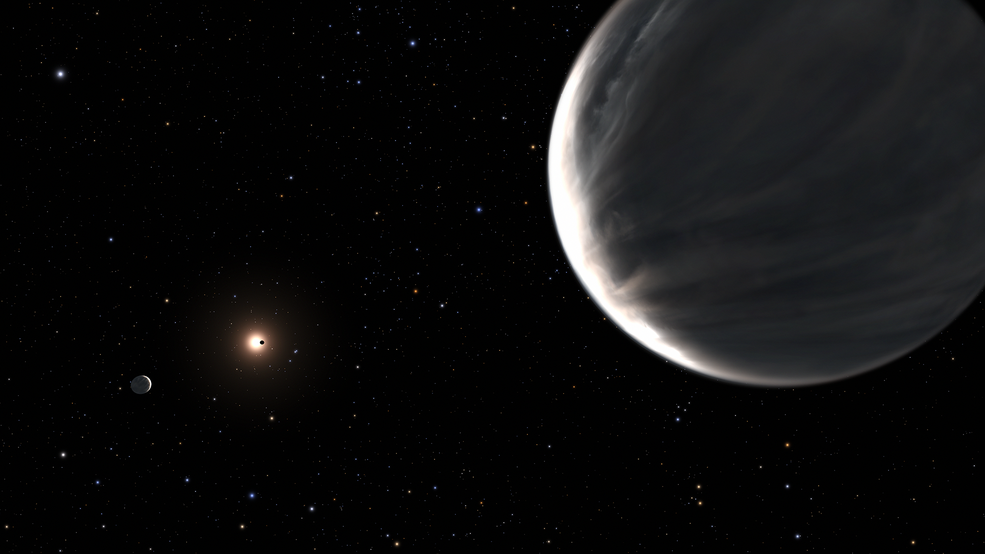India postponed its first attempt to dock two spaceraft in Earth orbit to allow more time for tests as the country prepares for what will be a vital technology tests for its future ambitions in space.
The Indian Space Research Organisation‘s (ISRO) Space Docking Experiment, or SpaDeX, was expected to link up two small satellites in low Earth orbit in the late evening of Monday, Jan. 6 (Jan. 7 India Standard Time) after their successful launch on a PSLV rocket on Dec. 30. The test will mark ISRO’s first-ever test of a homegrown automated space docking system.
“The SpaDeX docking scheduled on 7th is now postponed to 9th,” ISRO officials wrote in a mission update on the social media site X on Monday. “The docking process requires further validation through ground simulations based on an abort scenario identified today.”
ISRO’s SpaDeX mission is designed to test automated rendezvous and docking technology for use on future missions to the moon and near Earth space by robotic and crewed spacecraft.
The mission “will mark India’s entry into the exclusive league of nations capable of mastering space docking,” Jitendra Singh, India’s Minister of State for Science and Technology, said in a statement before launch. The United States, Russia and China have developed docking technology for crewed spacecraft, as have Japan and the European Space Agency, which both developed uncrewed cargo ships to visit the International Space Station. (Japan’s HTV cargo ships were captured by a robotic arm to link up with the station, while Europe’s ATV ships could dock themselves).
ISRO aims to build Bharatiya Antariksha Station, a crewed space station orbiting the moon, by 2040, and docking technology will be vital in both the station’s assembly phase and its crewed operations. India also plans to launch Chandrayaan-4, a sample-return mission to the moon’s south pole, by 2028. That mission will require the docking of a sample capsule with a return spacecraft for the trip back to Earth.
During the SpaDeX mission, a Chaser satellite will approach and dock with a Target satellite while both fly about 290 miles (470 kilometers) above Earth. Each SpaDeX satellite weighs about 485 pounds (220 kilograms).
In addition to the twin SpaDeX satellites, ISRO also launched a separate suite of 24 experiments on a POEM-4 platform attached to the upper stage of the mission’s PSLV rocket. Those experiments included several novel demonstrations, including of India’s first crawling robotic arm (similar to the Canadarm2 on the ISS), a different robot arm to catch space debris, and other technology payloads.
Source: https://www.space.com/space-exploration/missions/indias-delays-1st-space-docking-of-spadex-satellites



